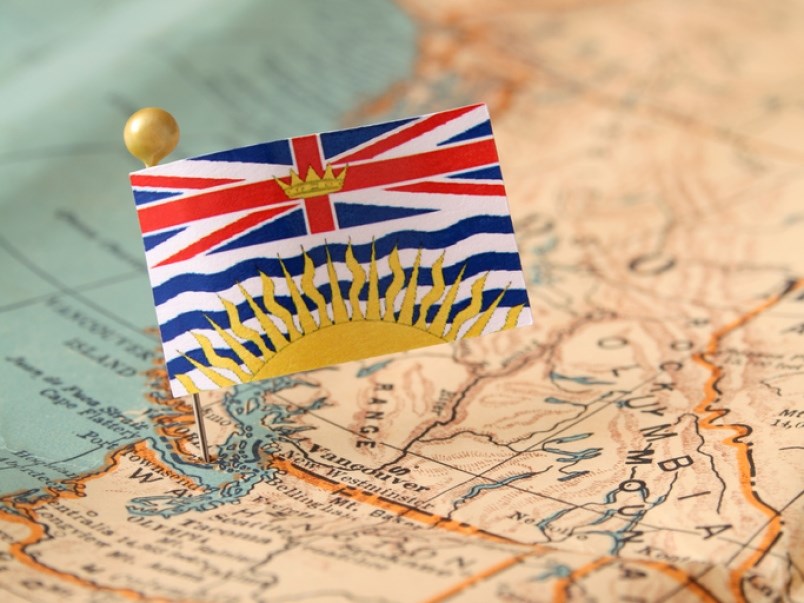As the world observes the third anniversary of the start of the COVID-19 pandemic, there are some hints about life returning to normal soon.
We are having discussions about trips and tourism, the use of the “vaccine passport” for access into restaurants and other venues has been lifted in some parts of Canada, and employers are figuring out the best way to entice workers to come back to the office.
Over the past few weeks, it has been clear that Canadians have not been immune to inflation. In British Columbia, the budget that was recently introduced by the provincial government contemplated deficits over the next three fiscal years, while including some important investments to deal with homelessness, child care and forest fires.
One year ago, Research Co. and Glacier Media asked British Columbians about their financial concerns after 12 months of a pandemic that had been spent, for the most part, inside our homes. We re-asked the questions earlier this month and found remarkable changes on some indicators, and no clear sign of a colossal recovery on others.
In March 2021, one-third of British Columbians (33 per cent) told us that their household’s financial situation was worse than before the COVID-19 pandemic. The numbers have not moved over the past 12 months: we continue to see 33 per cent of British Columbians saying that their economic status has not returned to the same level it had in early 2020.
Only 21 per cent of British Columbians (down four points) say the financial situation of their household is better now than before the pandemic, while 42 per cent (down six points) report no change.
More than a third of women (35 per cent) and British Columbians aged 18 to 34 (34 per cent) acknowledge that they have not “returned to normal” when it comes to their purchasing power. For those in the lowest income bracket, the proportion rises to 42 per cent.
Right now, about one in five British Columbians (19 per cent) report spending more on books since the start of the COVID-19 pandemic, up four points in a year. Slightly smaller proportions are devoting more cash to acquire board games (16 per cent, up three points) and newspapers and magazines (15 per cent, up eight points).
There are three categories where the expenditures of British Columbians have grown significantly. More than half of the province’s residents (54 per cent) say they are devoting more money to transportation (fuel, transit passes and taxis), up 36 points in a year. The first year of the pandemic kept us away from roads and buses. The second year has brought back some expenses, especially for drivers who may have gone for months without filling up their tanks and now see fuel prices hovering around the $2-mark per litre.
Another item that has seen a huge fluctuation is electronic entertainment. Almost half of British Columbians (46 per cent, up 17 points) are spending more on services such as cable television and streaming. Another category that exploded is groceries, with three in four British Columbians (75 per cent) saying they are paying heftier bills at the supermarket, up 21 points in a year.
There is a major shift on housing too. In 2021, only 14 per cent of British Columbians said they were devoting more money to rent or mortgage since the start of the COVID-19 pandemic than they did before. The number has climbed to 44 per cent in 2022, with residents aged 18 to 34 (56 per cent) being particularly affected.
All of these payments paint the picture of a province where some residents continue to struggle. More than two in five British Columbians (43 per cent) say it is “very difficult” or “moderately difficult” to pay for necessities – including 56 per cent of those aged 18 to 34 and 50 per cent of women.
Other possible destinations for our cash also seem barren, with 56 per cent of British Columbians saying it is currently hard to have money for leisure and a higher proportion (64 per cent) feeling the same way about boosting their savings account. Again, women and younger residents of the province are more likely to say that there is barely any money left at the end of the month for fun or to face a rainy day.
The indications from governments and health authorities suggest that we are close to going back to our pre-pandemic routines. However, for a significant number of British Columbians, a return to the same financial status they enjoyed before the pandemic remains elusive. It will take a concerted effort from governments and industry to ensure that most residents of the province can look back at the pandemic in relief and not in anger.
Mario Canseco is president of Research Co.
Results are based on an online survey conducted from March 2 to March 4, 2022, among 800 adults in British Columbia. The data has been statistically weighted according to Canadian census figures for age, gender and region in British Columbia. The margin of error, which measures sample variability, is plus or minus 3.5 percentage points, 19 times out of 20.




